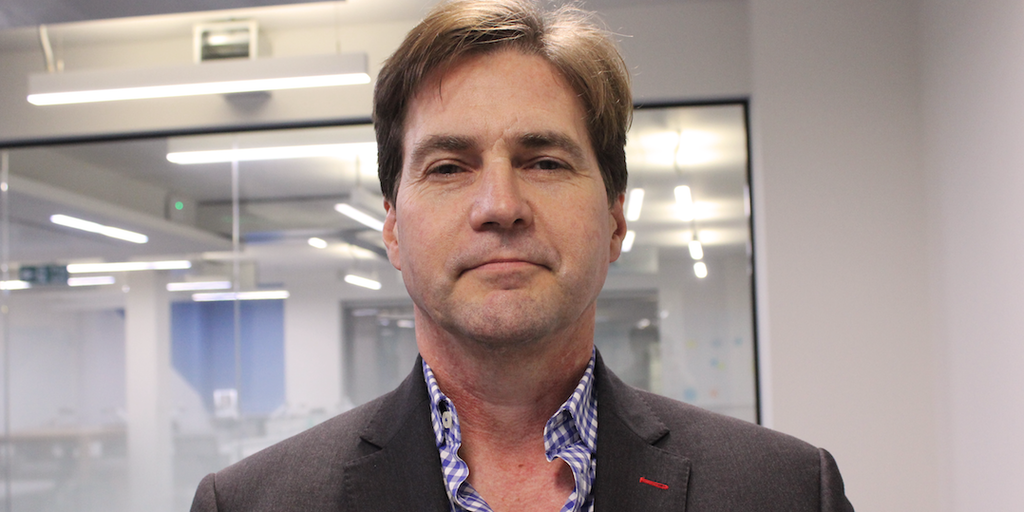
Craig Wright Liked Karate So He Must Have Invented Bitcoin, Sister Testifies

The man who would have the world believe he was pseudonymous Bitcoin inventor Satoshi Nakamoto, litigious computer programmer Craig Wright, brought personal witnesses to trial on Friday to help back his claim.
The lineup included three people: Wright’s patent lawyer, his ex-co-worker, and his younger sister.
“He would dress up in full swords and do the movement,” his sibling, Danielle DeMorgan, told prosecutors from the Crypto Open Patent Alliance (COPA) on Friday.
According to live coverage from @binorbert on Twitter, DeMorgan recalled witnessing her older brother—roughly 18 years old at the time—practicing martial arts in a public park. While terrified at first, she reflects on the event as evidence of Wright being “eccentric.”
“To this day, I still see the event clearly, and when I heard the term Satoshi, I knew it was Craig,” DeMorgan wrote in her witness statement. During testimony, she confirmed that she was drawing a connection between the ninja story and her brother being Bitcoin’s creator.
DeMorgan also described a moment from early 2008 when she saw her brother in a room “full of computers and cords” where he was working on a technical project that she couldn’t understand.
He also had an interest in Japanese names, so when she learned he was working on Bitcoin in 2013, she figured he must be the vaunted “Satoshi.”
Archbold: My belief that CSW could possibly be Satoshi is based on CSW’s personality and thinking. This is just my opinion. I believe it could be Craig
Archbold is now finished. This was again quick and easy.
— BitMEX Research (@BitMEXResearch) February 16, 2024
DeMorgan’s testimony followed several days of cross-examination of Craig Wright himself, who COPA has accused of “industrial scale” forgery in his attempt to convince the world that he created Bitcoin.
The trial is expected to last until the end of the month, with prosecutors seeking an injunction preventing Wright from launching anymore defamation lawsuits against his many naysayers that doubt his proclaimed identity.
Next to testify was Mark Archibold, who worked in Lasseters Casino’s IT department with Wright starting in the late 1990’s.
The latter, who focused on firewalls and CISCO routers during his time with the company, mentioned “digital currency” around the period between 2004 and 2005, which was unfavored by the Northern Territory government.
By “digital currency,” Archibold was not referring to “cryptocurrency,” a term coined several years later. “Mastercard and Paypal etc were blocked by the US government, and this is why digital currency was interesting,” he said.
“My belief that CSW could possibly be Satoshi is based on CSW’s personality and thinking,” he added, per coverage from BitMEX Research. “This is just my opinion. I believe it could be Craig.”
Last was patent attorney Cerian Jones, a consultant for Wright’s blockchain tech company nChain, which was strongly tied to Wright’s crypto network Bitcoin Satoshi’s Vision (BSV).
Jones claimed that his patent work seemed to provide evidence that he was a strong candidate for being Satoshi. Prosecutors, however, pressed Jones on her understanding of nChain’s internal workings and how the company may have conflated the number of patents supposedly owned by Wright with those really drafted by other people.
Jones noted that she has attended many marketing events with Wright, but only spoken with Wright about Satoshi about two times.
“Being associated with Wright is not great for marketing,” she told the court. “He’s not the greatest character.”
Edited by Ryan Ozawa.



